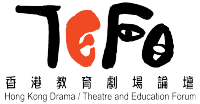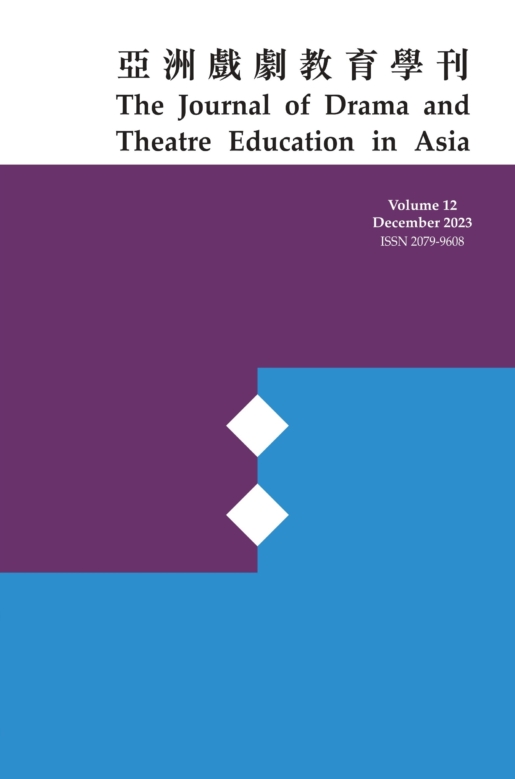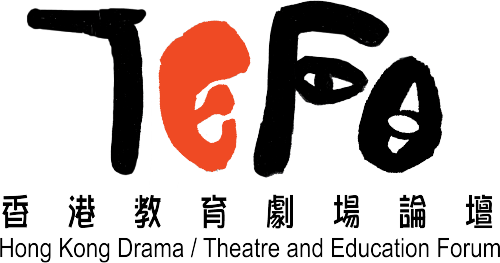| Author | Muriel Yuen-fun Law |
| msmurielmu@gmail.com | |
| Affiliation | Hong Kong Art School, Hong Kong |
| Article Language | Chinese |
APA Citation
Law, M. (2016). Analyzing audience responses: The case of 1894 Hong Kong plague theatre in education programme. The Journal of Drama and Theatre Education in Asia, 6, 43-64.
Abstract
Theatre in education (TIE) is a form of applied theatre that concerns the use of theatre and drama for educational purposes. It is interventionist in nature, and deploys different modes of audience participation to engage its audience within or out of the dramatic acts to explore the issue at stake. Students are invited to revisit and reflect on the knowledge they received and rethink what they have taken for granted. Then a crucial question that follows: What would make the most useful methods of analyzing audience responses in a TIE programme? What is the learning process through theatre like? This paper discusses these questions by drawing findings from a study of TIE programme, 1894 Hong Kong Plague, conducted in Hong Kong in 2014. The programme intended to offer an alternative discourse to the local plague history by utilizing a stylized form of theatre performance and a set of pre- and post-performance activities. In light of Anthony Jackson’s framing in educational theatre and Stuart Hall’s encoding-decoding theory of communication, the paper analyses what attracted and distracted the young audience at 1894 Hong Kong Plague programme. It examines the process through which the students negotiate their live aesthetic encounter and their understanding of the history at issue. At the end, the paper reflects on the implications of the case for TIE audience study.
Tags:








